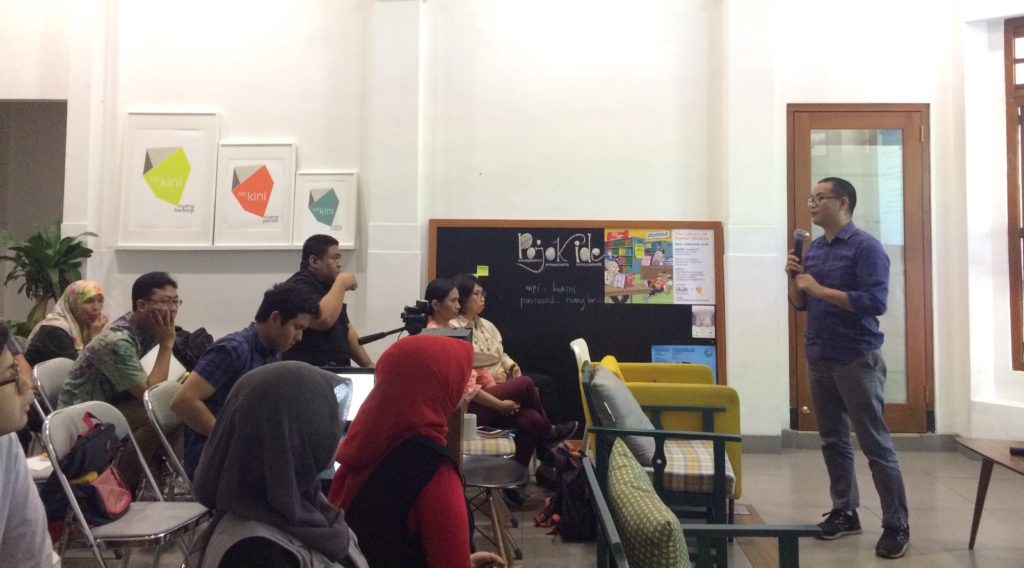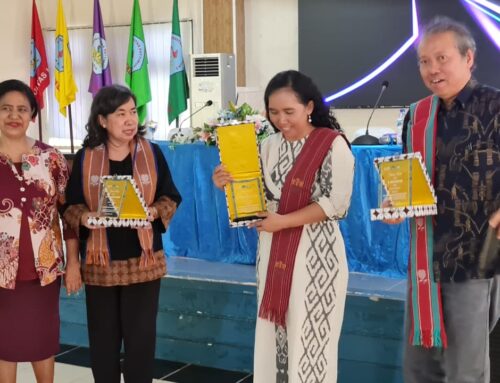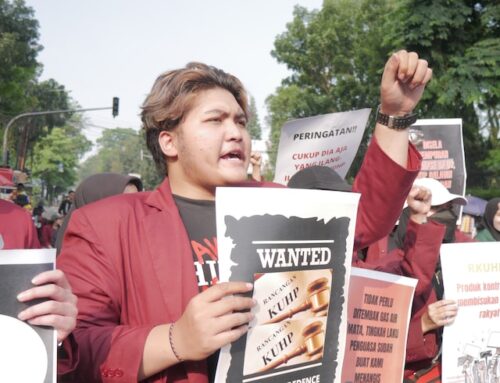The FKP seminar on 20 October 2017 featured Sonny Mumbunan and Christian Silangen (Research Center for Climate Change Universitas Indonesia or RCCC UI). The findings are particularly relevant as concerns for climate change intensify around the world, including in Indonesia. The seminar was hosted by RCCC UI and was held at Cikini, Jakarta.
The site of the study was the watershed of Sungai Brantas, chosen because of its importance to Indonesia, as its contribution to regional domestic product value which averages around 120 million Rupiah from 2012 to 2015. This number not only represents its importance in term of its production value, but it also represents how much life are affected by the watershed itself. The watershed history of being the longest infrastructure project in Indonesia, and the existence of critical land areas surrounding the watershed, serve as an additional argument for the research to be done there, at the watershed of Sungai Brantas.
Preferences were obtained in the research by putting forth a number of options relating to climate change adaptations and disaster risk to be scaled from best to worst by respondents. These options, which at first consisted of five thousand options gathered from the regional development budget plans, were eliminated down to the most prioritized 13 options through a combination of careful studies and focus group discussions. Installations of water pump to face dry-season; treatment facility for diarrhea, severe fever, and respiratory diseases; and safekeeping of agriculture yields from unexpected extreme climate change, were included in the 13 options, among others. These options were then scaled from best to worst by respondents, and then it was analyzed using the “Best-Worst Scaling” method which is based on random utility theory developed by Jordan J. Louviere.
The Best-Worst Scaling method is a method that analyses respondents’ preferences by identifying how they scale diverse options from best to worst. It is especially useful in a condition where researcher faces varying preferences for different options, making it suitable for this research.
There were two conditioning done in the research: pre-deliberation and post-deliberation. The research found that six of the most preferred options did not experience any significant shift in the scale even after deliberation by focus group members. The six options are (1) Preservation of water sources; (2) enhancement of the community’s involvement;(3) information of natural disaster threat; (4) construction of retention basins; (5) construction of emergency natural disaster facilities; (6) and development of community based forests. This shows that the respondents have a high preference for these six options.
There were three options, however, which did shift significantly after deliberation by focus group participants. These options were construction of irrigation channels; treatment facility for diarrhea, severe fever, and respiratory diseases; and safekeeping of agriculture yields from unexpected extreme climate change. Individually, an additional two options shifted significantly: (1) research for understanding the environmental condition, and (2) training for using more appropriate agricultural technologies.
The FKP seminar participants seemed to be very interested towards this presentation, due to its uncommon method in the climate change studies, as can be seen during the questions and answers sections which continued for an extended amount of time.


![[FKP hosted by Universitas Padjadjaran] Kesehatan ibu pasca melahirkan di Indonesia](https://www.fkpindonesia.org/wp-content/uploads/2024/02/fkp-2024-02-21-thumbnail-500x383.jpg)

![[FKP hosted by ANU Indonesia Project] The pursuit of food self-sufficiency in Indonesia: food-trade policy preferences during the administrations of Yudhoyono (2004-2014) and Widodo (2014-present)](https://www.fkpindonesia.org/wp-content/uploads/2024/01/fkp-2024-01-16-500x383.jpg)
![[FKP hosted by ANU Indonesia Project & SMERU] Prepayment, price, and welfare: a study on electricity demand in Indonesia](https://www.fkpindonesia.org/wp-content/uploads/2023/02/fkp-2024-01-19-thumbnail-summary-500x383.png)
